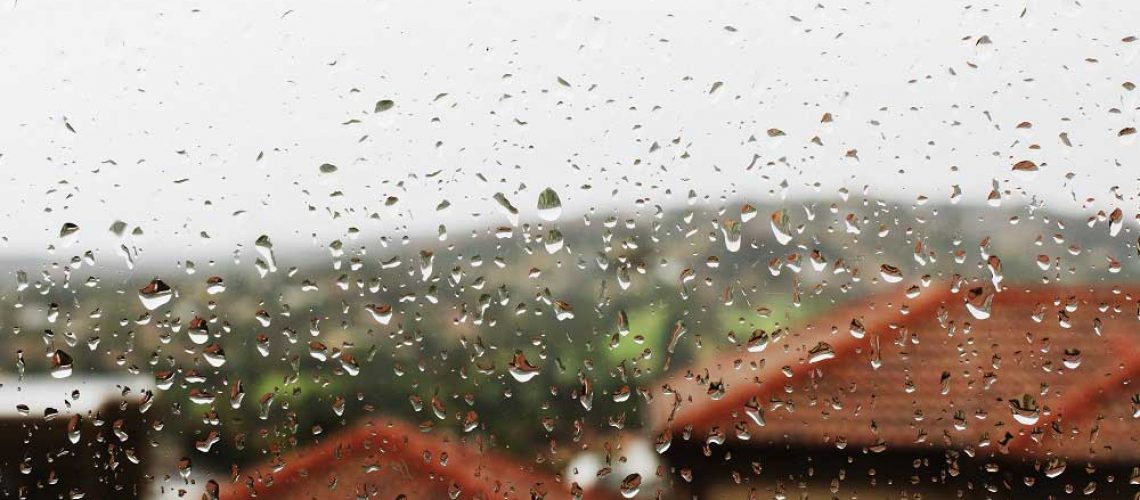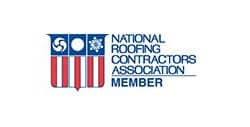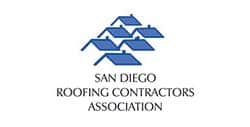If you see water stain marks on your walls or ceiling after a rain, you can bet almost 100% of the time that you have a leaking roof.
Unfortunately, the source of a leaky roof isn’t always easy to find. Sometimes, the stain marks show up far from where the actual leak is, and this can be a major headache for any homeowner. Water will always flow down the path of least resistance. Even on a flat roof, things like insulation and slopes can divert the water as it moves from your roof through the house.
Water stains in your ceilings can be unsightly and difficult to clean. Even worse is the water damage you may not beagle to see behind the scenes. Excess water can lead to mold growth inside your walls and ceiling, which can be hazardous to your health. It can also cause wood to rot, which can be dangerous if the structure of your home. When you suspect that there’s a roof leak in your home, you need to take action right away to curb the damage.
How to Find a Roof Leak
Roof leak detection is a matter of trial and error. Small leaks are harder to find because you need to cover a lot of ground before being able to pinpoint the exact location of the problem. If there is a lot of debris or stains on the roof, you may need to clean the roof before you’re able to find a leak. If you can’t do the job without walking on the roof surface, it’s much safer to contact a professional. Leak repair work is often complicated and can be dangerous.
Finding a roof leak typically involves the following steps:
1. Trace it from the source
Try to follow where the leak is coming from inside your home. Wall and ceiling stains are good indicators of a roof leak, so make sure to take note of their locations.
2. Check from below
Go into the attic and check the underside of the roof for any seepage. You can almost immediately see where the problem is by checking the rafters or roof deck for any water trails.
3. Look for the obvious culprits.
On a shingle roof, you can usually spot a damaged shingle, which can be easily replaced. Sometimes, water enters through the chimney, skylight, or vent pipe, so make sure to check those for any sign of seepage. Keep an eye out for areas with caulk or roofing tar—these are likely temporary patches that may have worn out.
Roofs with asphalt shingles commonly have moss or algae growth on them. Learning how to remove moss from a roof can help keep your roof clean. These are areas that stay wet long after it rains, and can develop leaks. On a flat roof, keep an eye on areas with standing water. This can add stress to your roofing material and wear out the roof.
On a metal roof, keep an eye out for areas with corrosion. Check the screws that connect the roofing tiles. As the metal expands and contracts in different weather, the screws can come loose and the rubber gaskets can leak. In some cases, all you need to do is tighten them to fix the leak.
4. Break out the garden hose
If you still can’t trace the source, hose down different areas of the roof. You may ask a family member or neighbor to do this while you investigate where the leak is. Start from the lowest part of the roof and work your way up. On flat roofs, watch for areas where water collects.
5. Take measurements
If you can’t find any obvious culprits, try to measure the location of the leak using two fixed points. Climb up the roof and apply the indoor measurements to the exterior. Take into account the depth of the exterior walls.
If you still can’t find the source of the roof leak, it’s time to check other possible sources of the problem. Sometimes, the leak may be due to a burst pipe or HVAC issue, and this requires a different kind of repair. A plumbing situation can cost hundreds of dollars, so before you go into repair mode, make sure that you have eliminated all the possible causes of a roof leak.
Take Action
The most sensible thing to do when you find a water leak is to have it repaired ASAP.
If you’re going the DIY route, you need to have at least some basic knowledge of roof repair. Otherwise, you could do more harm than good. Moreover, you need to make sure to have all the needed materials and tools on hand, so you don’t waste time in doing your project. Roof cement is usually enough for sealing the problem areas on your roof.
However, if the roof deck has water damage or missing insulation, it’s going to be a much bigger job. Your best bet is to get the help of a professional repairman to take care of the repairs. A qualified professional can quickly restore your roof’s condition, so you don’t have to worry about having drips in your home. Learn how to clean roof shingles as well as patch a leak in your roof to properly maintain your roof.
If the damage done by the roof leak is extensive, a roof replacement might just be the one your home needs. Installation of a new roof ensures that your home won’t suffer the same fate again.
Roofing Contractor in San Diego
Preman Roofing-Solar offers proper roofing services from installation to maintenance and even roof cleaning services. As the top roofing contractor in San Diego, we pride ourselves on providing homeowners modern and cost-effective ways of repairing roofs. Request a residential roofing quote today. We would be happy to walk you through our process of how to detect roof leaks and how to clean your roof.
For more information on roof leak repair from the top roofing contractor in San Diego, contact Preman Roofing-Solar today.








